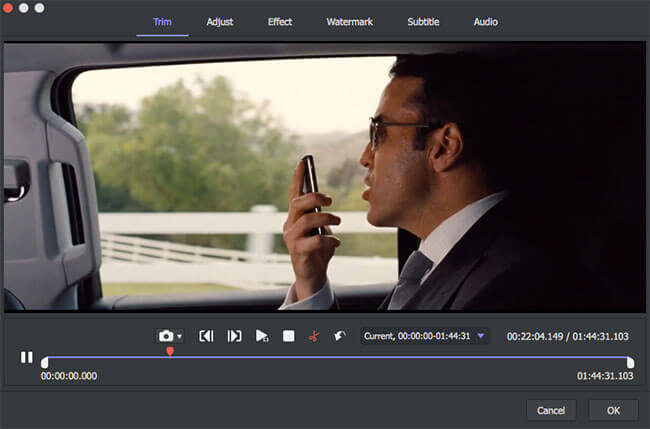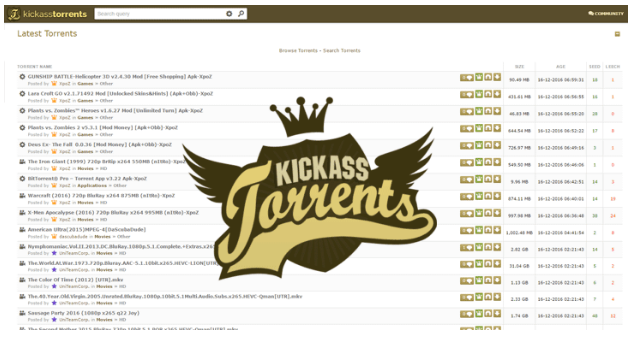
The Top 5 Trending Dating Apps
Let’s first figure out how to use dating apps. Your photo It all starts … Read more

Top Tools of Technical Debt for Effective Assessment, Measurement & Management
Technical debt is supposed to be a metaphor that has been coined way back … Read more

DRmare M4V Converter for Mac Review
DRM can be a real pain when it comes to copying and/or moving files … Read more

How Should Real Estate Agencies In Malta Allocate The 2019 Marketing Budget
Real estate agents have a plethora of marketing tactics to choose from nowadays, including … Read more

IOTransfer 3 Review: Best iPhone/iPad Manager and Video Downloader
For a while iTunes has been the only way iPhone/iPad users could ever manage … Read more

How to unblock The Pirate Bay (TPB) Torrent in 2018
Heading into the world of Torrents can be a real pain unless you have … Read more

Business Startup Guide – A Step-by-Step Approach
If you want to start a new business, you have to be more diligent … Read more

Top Technology Trends for The Vehicle Industry
While driverless cars are getting a lot of press these days, they may still … Read more

Get Your Store An Upgrade With 5 Best Shopify Themes For 2019
Having an e-commerce store for your startup, but it’s dearly in need for an … Read more

Why Acura is the way to go in 2018?
With a phenomenal set of vehicles lined up by Acura in 2018, the premium … Read more

4 Must Have Features In Your Bakery Pos System
The most important objective of a bakery store is to produce a great taste … Read more
